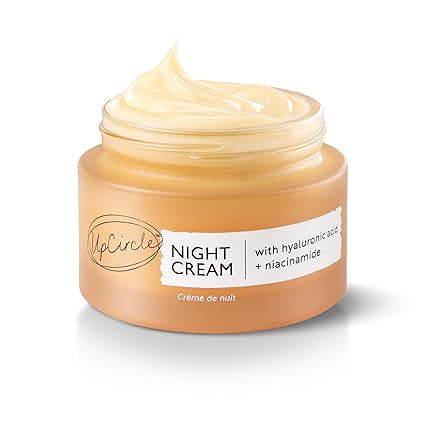Sebum buildup on the scalp can occur due to several factors, including overactive sebaceous glands, hormonal imbalances, poor scalp hygiene, certain skin conditions, and lifestyle choices.
It can lead to issues such as greasy hair, dandruff, itchiness, and an increased risk of scalp infections. Understanding the causes and implementing appropriate treatments can help manage sebum buildup effectively.
Here’s some information on the causes and treatment options:
Table of Contents
ToggleCauses of Sebum Buildup on the Scalp:
Causes of Sebum Buildup on the Scalp:
Overactive sebaceous glands:
Excessive sebum production can occur naturally, leading to buildup on the scalp.
Hormonal imbalances:
Fluctuations in hormone levels, such as during puberty, pregnancy, or menopause, can contribute to sebum overproduction.
Poor scalp hygiene:
Inadequate cleansing, infrequent shampooing, or using harsh hair products can cause sebum to accumulate on the scalp.
Skin conditions:
Conditions like seborrheic dermatitis and scalp psoriasis can disrupt the normal sebum balance, resulting in buildup.
Diet and lifestyle:
Certain dietary factors, such as a high intake of saturated fats or a deficiency in essential fatty acids, can influence sebum production. Stress, lack of sleep, and smoking may also play a role.

Treatment for Sebum Buildup on the Scalp:
Regular shampooing:
Wash your hair regularly with a mild, pH-balanced shampoo to remove excess sebum. Be cautious not to overwash, as it may trigger the sebaceous glands to produce more oil.
Gentle cleansing techniques:
Use your fingertips to massage gently while shampooing to help dislodge and remove sebum buildup.
Avoid harsh hair products:
Use hair products labeled “non-comedogenic” or “oil-free” to prevent clogging of the hair follicles and further sebum accumulation.
Balancing diet:
Consume a well-balanced diet rich in fruits, vegetables, whole grains, and lean proteins. Avoid excessive intake of oily and greasy foods.
Proper scalp hygiene:
Ensure your scalp is clean and free from sweat, dirt, and oil by rinsing it thoroughly after exercising or sweating excessively.
Use tea tree oil:
Tea tree oil has antimicrobial properties and can help manage sebum buildup. Add a few drops to your shampoo or dilute it with a carrier oil before applying it to the scalp.
Medicated shampoos:
Over-the-counter shampoos containing ingredients like ketoconazole, selenium sulfide, or salicylic acid can be effective for managing seborrheic dermatitis or scalp psoriasis.
Seek medical advice:
If sebum buildup persists or is accompanied by severe symptoms, it’s advisable to consult a dermatologist who can provide a proper diagnosis and prescribe appropriate medicated treatments if necessary.
Final lines:
Sebum buildup on the scalp can occur due to several factors. Proper scalp hygiene is very impotent for your heath.
Remember, everyone’s scalp is different, so it may take some trial and error to find the most effective treatment for sebum buildup. It’s important to maintain good scalp hygiene, follow a healthy lifestyle, and seek professional guidance when needed.











